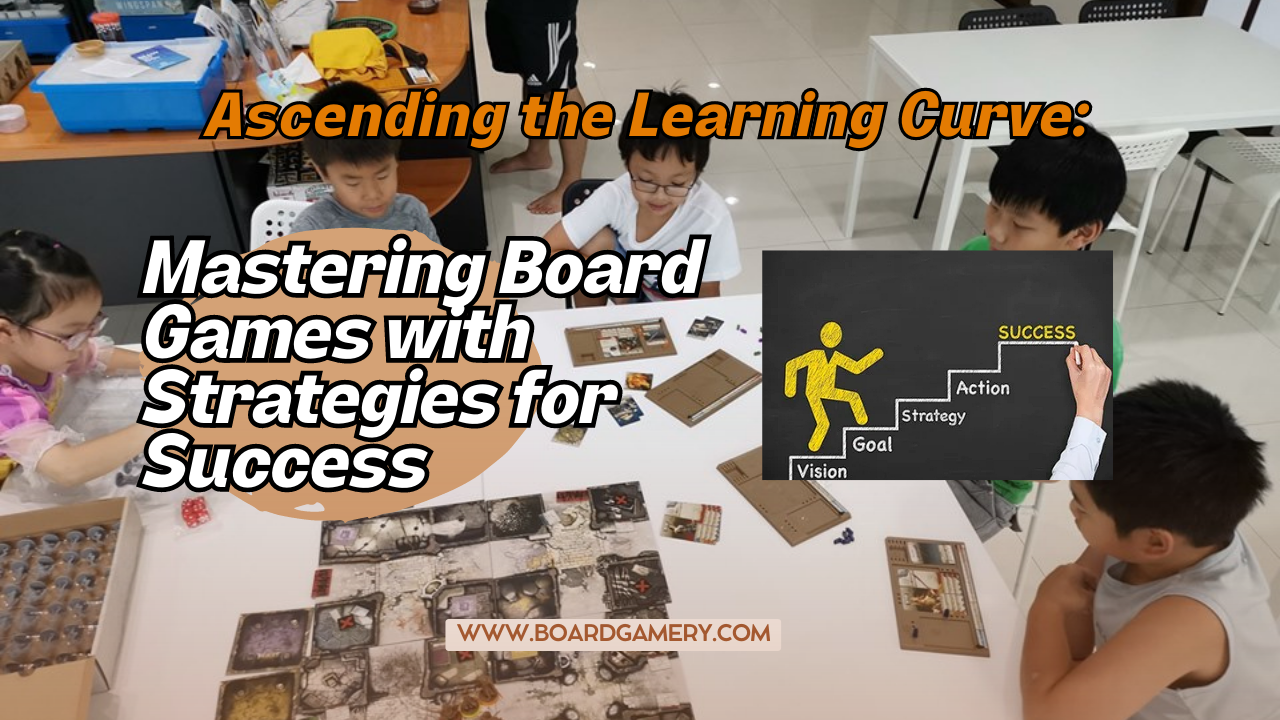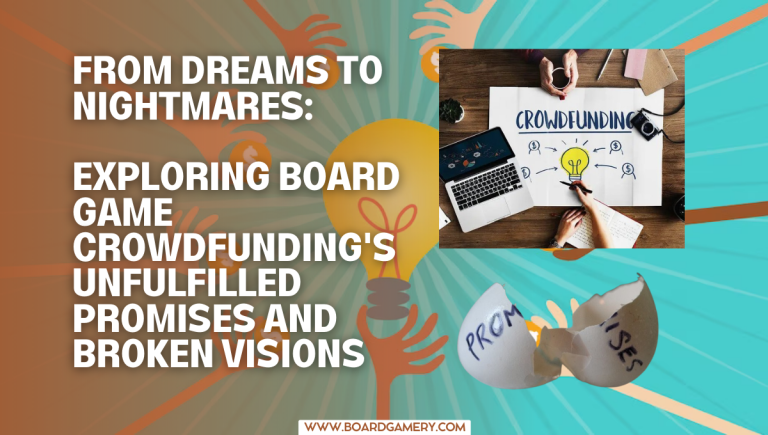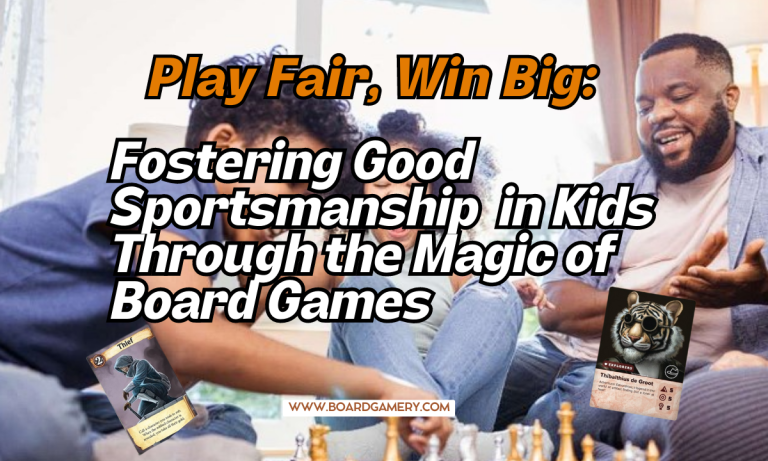Mastering the Board Game Learning Curve: Strategies for Success
“Breaking the Rules of Board Gaming: The Art of Learning a New Game”
There’s nothing quite like the sweet smell of a freshly unwrapped board game, is there? But once you’ve taken in the beautifully illustrated board, admired the tiny, intricate meeple, and punched out all those satisfying cardboard tokens, the real challenge begins: learning how to play. In the wild and wacky world of board gaming, this process can be as complex and varied as the games themselves – but it’s a springboard we all need to master before diving into the wonderful waters of tabletop escapism.
If you’ve ever wondered how other board gamers tackle the daunting task of learning a new game, you’re in luck. We’ve compiled a plethora of responses from fellow gamers whose methods range from meticulous to chaotic – and all with a tongue-in-cheek flair.
So, without further ado, let’s unpack this beautifully organized chaos of rules and strategies, and see if we can make some sense of it all.
Section One: To Read or Not to Read – The Eternal Rulebook Debate
The Solo Scholars
Some gamers are fervent believers in the power of the rulebook. For these cerebral characters, there’s nothing like diving headfirst into the dense pages of instructions, absorbing every rule and mechanic as if they were the secrets to eternal happiness in the land of meeples. These players will often read the rulebook cover to cover, sometimes multiple times, before even daring to attempt a playthrough. After all, knowledge is power – especially in the high-stakes world of board gaming.

The Partners in Crime
Other board gamers see the rulebook as a necessary evil, best tackled in tandem with a trusty partner-in-play. They’ll sit down with their significant other or gaming buddy, handing them the rulebook and saying, “Okay, how do we play this one?” This collaborative approach often sees both players piecing together the game’s mechanics and rules, filling in gaps and correcting each other’s misunderstandings as they go. The result? A unified front, ready to tackle the gaming table with confidence (and a neatly sorted collection of chits and tokens).
Section Two: The Video Vanguard – Learning by (Digital) Osmosis
The YouTube Gurus
Next up, we have the avid consumers of “how to play” videos or playthroughs, who prefer a visual, step-by-step guide to understanding a new board game. They’ll often watch several different videos to get various perspectives on gameplay, strategy, and design. Channel surfing is the name of the game here, as these digital disciples hop from Watch It Played to The Dice Tower, Rahdo Runsthrough to Shut Up & Sit Down – and, of course, the ever-entertaining GameNight! playthrough videos.

The Keyframe Kings and Queens
These gamers don’t just watch; they interact with these demonstration videos, often pausing and rewinding key moments to examine a particular move, strategy, or interaction in detail. They’ll move components along their real-life board as they watch their digital counterparts go through the motions, learning by doing instead of just watching and listening. By the time they’re finished analyzing, dissecting, and discussing, these players will have transformed into fully-fledged experts on their shiny new game – all without ever opening their rulebook.
Section Three: The Interactive Innovators – Learning as They Go
The Tabletop Trailblazers
Some gamers eschew rulebooks and videos alike, instead choosing to learn by doing – oftentimes with a group of unwitting friends. They’ll set up the game, skim the rulebook for a basic understanding of gameplay, and then dive right in, teaching others as they play (and usually making a fair few rules errors along the way). The motto for these explorers is “all’s fair in love and board gaming” – after all, if everyone is confused and making mistakes together, it’s practically a level playing field, right?
The Solo Simulators
For those who prefer to get to grips with their game in solitude, there’s nothing like a good old-fashioned solo playthrough. They’ll set up the board for two or more players, juggling the roles as they navigate the board and its rules (referring back to the rulebook or BGG forums as needed). And while they may not have the company of fellow gamers to bounce ideas off, they do get the benefit of complete autonomy and focus – plus, it’s a great excuse to use that fantastic “I’m my own best friend” joke from Spaceballs.
Section Four: The Learning Curve Chasers – A Brave New World
Of course, for many, learning a new board game is a truly unique experience, with no one-size-fits-all strategy ever fitting quite right. These gamers adopt a mix-and-match approach, combining elements of all of the aforementioned methods and more, all while navigating the choppy waters of rules, mechanics, and potential board flipping incidents.
In many ways, these rule-learning renegades embody the very essence of board gaming itself – they’re adaptable, creative, and always up for a good challenge. And while their methods may not result in a seamless, perfectly executed first playthrough, they do ensure a journey filled with camaraderie, laughs, and one heck of a memorable experience.
So, there you have it – the wildly diverse and often hilarious methods of learning a new board game, as told by the gamers themselves. Who knows, perhaps you’ll even glean some inspiration or ideas for your own board gaming escapades. And remember, as much as we love to joke, there’s no right or wrong way to tackle this crucial part of the gaming process – after all, it’s not about the rules you live by, but the board games you play.





